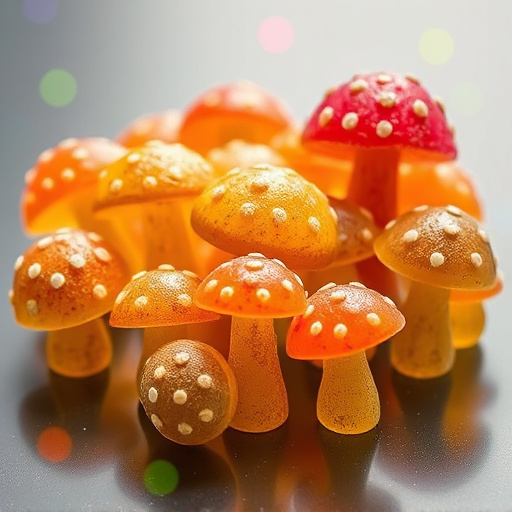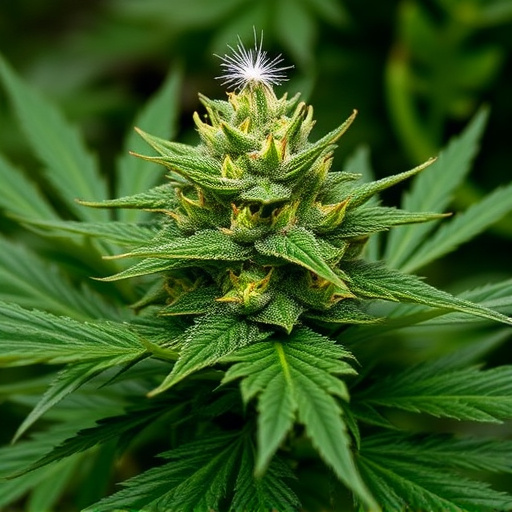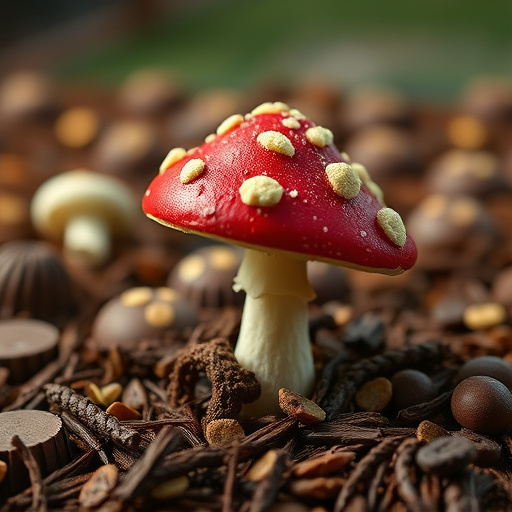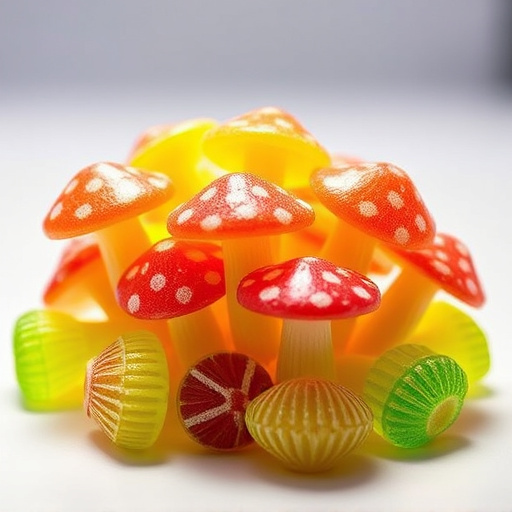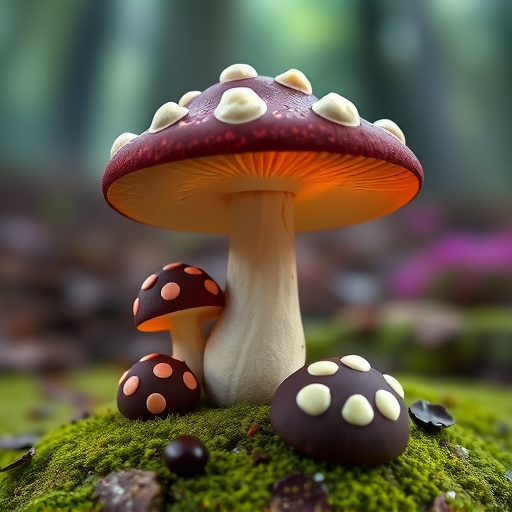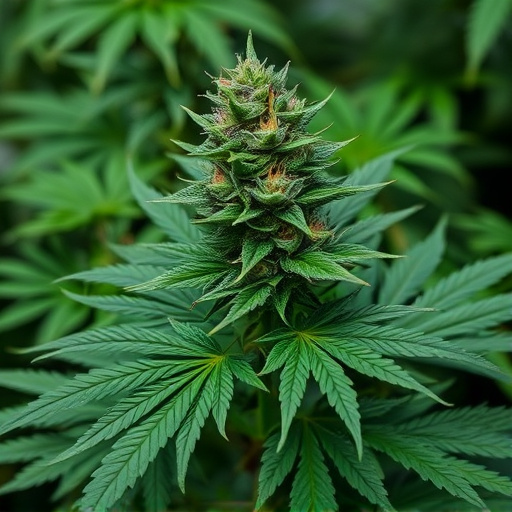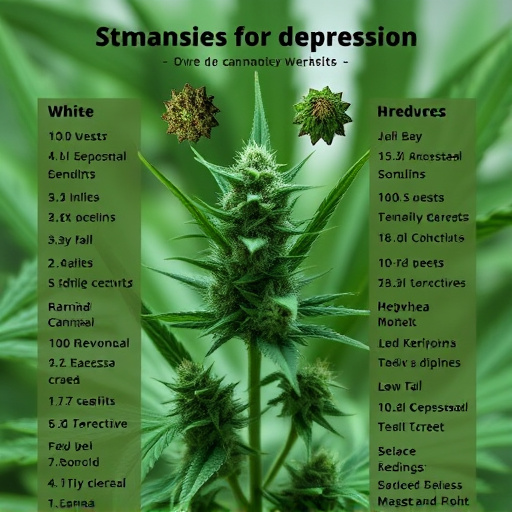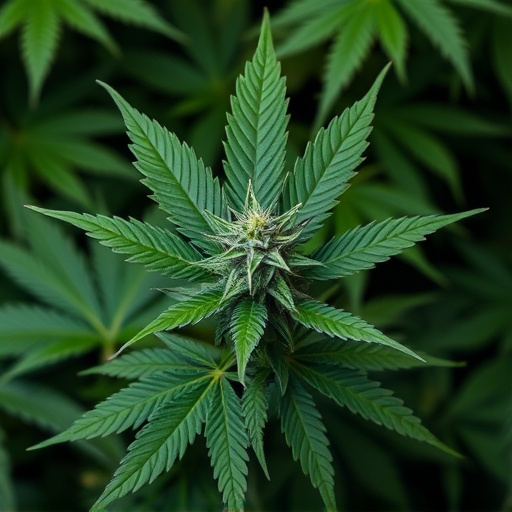Cannabis aroma results from a complex interplay of terpenes, cannabinoids, genetics, and environment. Terpenes, organic compounds, contribute to scent and potential therapeutic benefits, with specific profiles linked to mood effects. Strains used for depression offer unique chemical signatures, allowing users to choose based on preferred olfactory properties for enhanced therapeutic experience.
Cannabis flowers emanate potent aromas due to a complex interplay of terpenes and unique chemical compounds. These volatile organic compounds not only contribute to the distinct smell but also play a crucial role in shaping the plant’s therapeutic effects, including its potential to alleviate symptoms of depression. In this article, we explore how environmental factors influence cannabis scent and delve into specific strains known for their calming and uplifting properties, offering more than just a strong fragrance—a holistic experience for mental well-being, particularly in managing depression.
- The Role of Terpenes and Compounds in Cannabis Aroma
- How Environmental Factors Impact Cannabis Scent
- Exploring Cannabis Strains for Depression and Their Unique Scents
The Role of Terpenes and Compounds in Cannabis Aroma
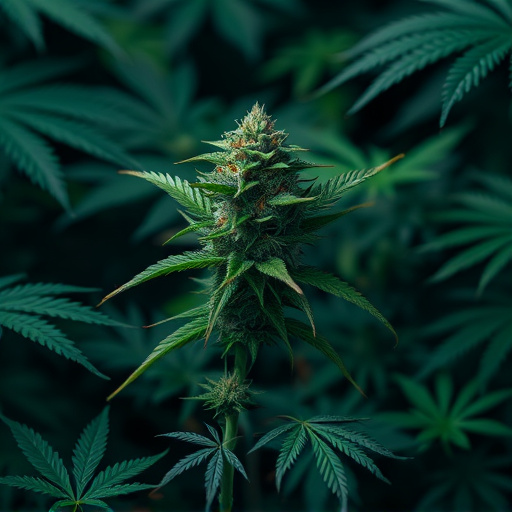
The distinctive aroma of cannabis is largely attributed to a diverse array of chemical compounds, among which terpenes play a pivotal role. These organic compounds are responsible for the unique scents and flavors we associate with different cannabis strains. In addition to their aromatic properties, terpenes have been linked to potential therapeutic effects, including those sought after by users looking for cannabis strains for depression relief. Each terpene contributes to the overall bouquet, creating a complex olfactory experience that varies widely among cannabis varieties.
Beyond terpenes, other compounds like cannabinoids also play a part in shaping the scent of cannabis. Cannabinoids, such as THC and CBD, are known for their psychoactive and therapeutic properties, respectively, but they also interact with our sense of smell. The intricate interplay between these diverse compounds results in the recognizable and often compelling aromas that draw both casual users and medical patients to specific cannabis strains.
How Environmental Factors Impact Cannabis Scent

The scent of cannabis is a complex interplay between its chemical composition and environmental factors. One key aspect is the variety or strain—different cannabis strains for depression, for instance, can have vastly distinct aromas. However, the environment in which the plant grows plays an equally significant role. Factors like temperature, humidity, and soil quality can all influence the development of terpenes, the compounds responsible for cannabis’ distinctive odours. For example, warmer climates may encourage the production of more volatile terpenes, resulting in a stronger, more pungent scent. Conversely, cooler conditions could lead to a more subtle fragrance as certain terpenes evaporate more slowly. Additionally, nutrient-rich soils can foster the growth of diverse terpene profiles, contributing to a richer, more complex cannabis aroma. Thus, understanding both the genetic makeup of different strains and the growing conditions is essential to appreciating the diverse scents cannabis offers.
Exploring Cannabis Strains for Depression and Their Unique Scents

Cannabis has long been recognized for its potential therapeutic effects, including its ability to alleviate symptoms of depression. Exploring cannabis strains for depression involves understanding that different varieties offer unique chemical profiles and corresponding scents. Each strain contains varying levels of cannabinoids like THC and CBD, along with terpene profiles that contribute to their distinct aromas and potential therapeutic benefits.
The scent of a cannabis strain can provide valuable insights into its effects. For instance, strains known for uplifting moods often have citrusy, floral, or fruity notes, while those promoting relaxation may possess earthy, woody, or herbal fragrances. When seeking cannabis strains for depression, selecting a scent that resonates with your preference and is associated with mood-lifting or calming properties can be a personal yet effective strategy.
Cannabis’ strong aroma is a complex interplay of terpenes, compounds, and environmental influences. Understanding these elements not only enhances our sensory experience but also offers insights into why specific cannabis strains are prized for their potential therapeutic benefits, such as those used for managing depression. By exploring the unique scents of different strains, consumers can navigate options that cater to their preferences and desired effects, making cannabis a multifaceted resource for well-being.

